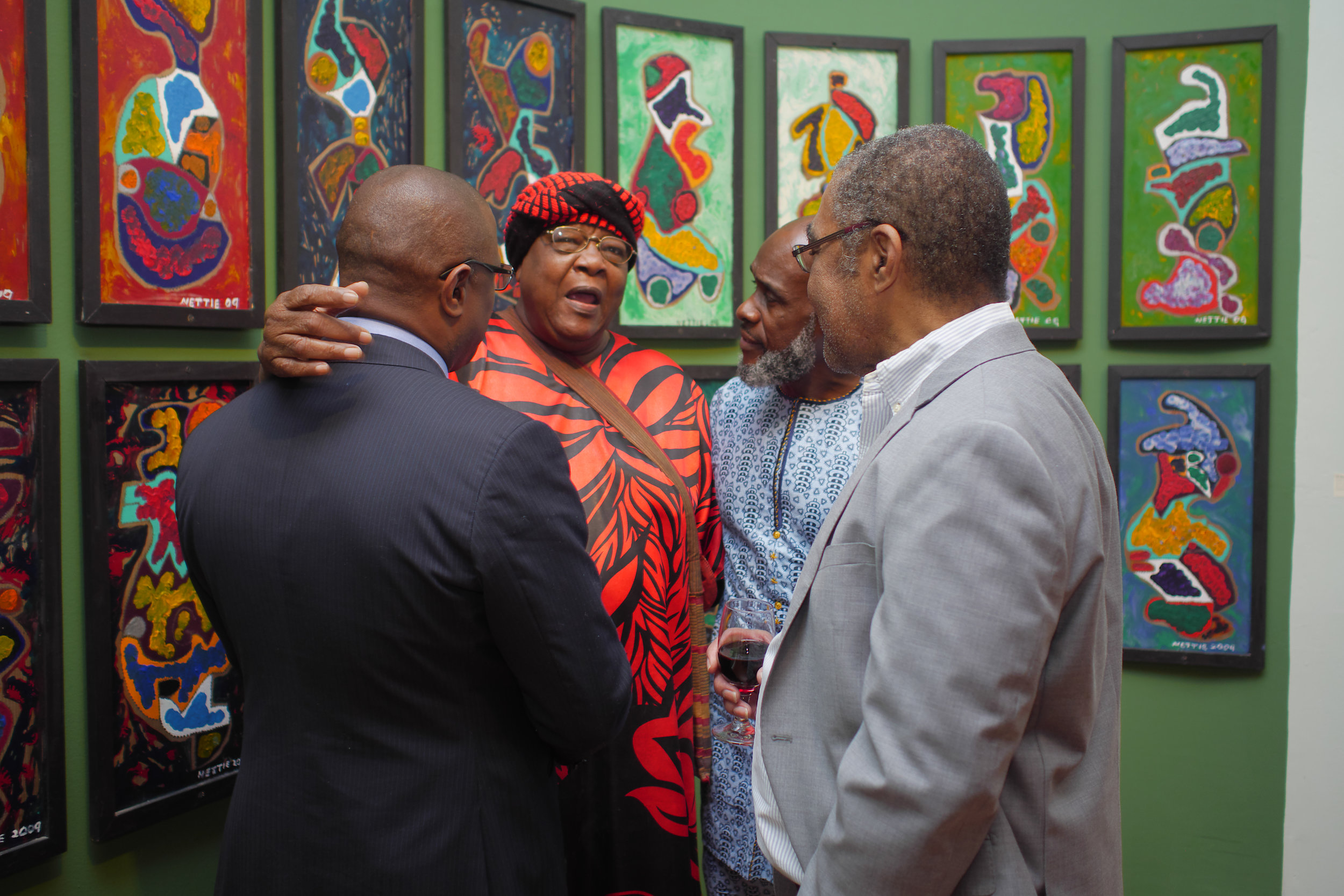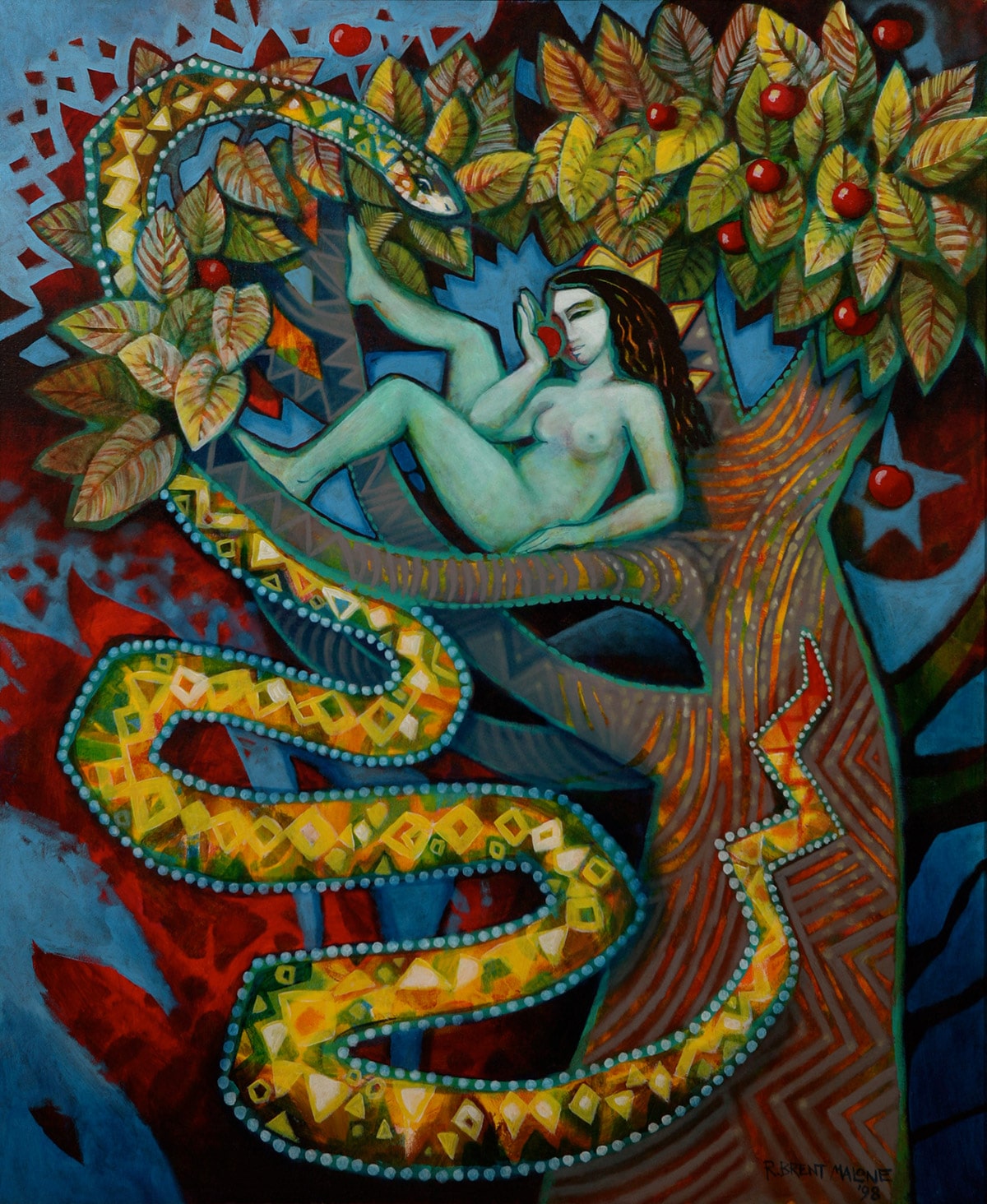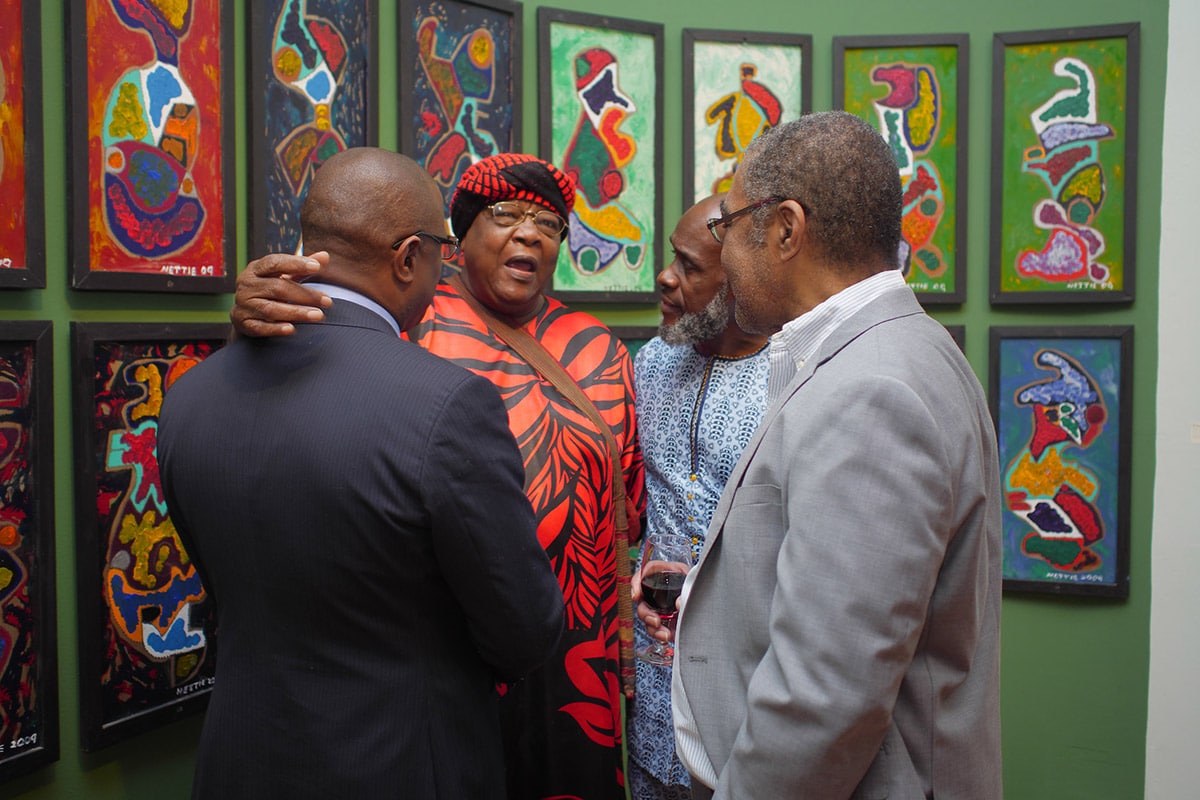
By Dr Ian Bethell-Bennett
The University of The Bahamas
Over the last few weeks we have been journeying through “Medium: Practices and Routes of Spirituality and Mysticism” and discussing linkages with the upcoming show “We Suffer To Remain”, an international collaboration between the British Council and The National Art Gallery of The Bahamas. Writing this piece from Dubai at the Chamber of Commerce conference for Latin America and preparing for Expo2020 the polemics of culture become more clearly abstracted.
So much of our culture and life resides beneath the surface. From time to time it surfaces to be revealed in stunning works of art, vibrant crafts, suggestive and politically critical music, or just fried into a fried-dry piece of chicken. We overlook that we exist in culture and that our culture dictates how we think about who we are and how we respond to a crisis.
One aspect of “Medium: Practices and Routes of Spirituality and Mysticism”, much like “We Suffer to Remain” that intrigues the viewer over time is the intangibility of culture that comes alive in the show; for example the spirituality practiced in our country that draws on so many diverse influences: African, European, American and Indigenous. When this is considered culture, what we usually miss is how these diverse strands are experienced differently by diverse groups yet coexist. “Medium: Practices and Routes of Spirituality and Mysticism” provides an in-depth and insightful exploration of the confluence of cultural expression of the intangible as much as the tangible, so that Junkanoo can be real, but the hugely intangible aspect is deeply rooted in what makes Junkanoo unique to The Bahamas.

“Eve With Serpent” (1998). Brent Malone. Acrylic on canvas,. 36 x 32. Image courtesy of the The Dawn Davies Collection
Brent Malone explores this aspect in any number of ways through numerous works. There is a broad spirituality to Junkanoo that Junkanooers discuss when they talk about their experience of rushing. Culture flows in tandem with the built environment and lived experience. Without the bush, as we call it, we lose a large part of who we are as Bahamians. Without mangroves, we also lose our ability to avoid coastal erosion and destruction from pounding seas. This is our culture.
Almost as important–without a historical footprint–we lose the story of ourselves. This was vividly underscored during the Chamber of Commerce meeting in Dubai this week. These two shows, as articulated by an Emirati, are wrapped up in a belief in self. The Bahamas is quickly falling victim to lack of faith in self. As we build forward into Expo 2020, we must believe in our cultural significance and import; that we exist and we matter. Dubai arrived–where they are today–through belief in self and culture.
As so much of the Bahamian experience will be on display through Expo2020, the idea of culture needs to be more deeply explored. We have to understand that culture is historical as much as it is material; it is physical, mental and spiritual. It is what we eat, how we pray, how we attend church, or not. These are aspects that transcend physical space and link countries and islands in archipelagic relationships that break barriers of time and space.
In Dubai, for example, a part of the discussion with Latin American countries like Ecuador, Panama, and others, turned on the need for and importance of biodiversity. As they also produce a vast amount of fruit, vegetable and flowers, especially in Ecuador, it is imperative to their survival; what they offer the world for trade to attract investment and visitors to their country.
How does The Bahamas see itself? It cannot be a hotel. It must be a sum of its various cultural parts: its geography, space, history, spiritual, medicines, and aesthetics.
Netica “Nettie” Symonette’s work in “Medium: Practices and Routes of Spirituality and Mysticism” explores the tangible parts of Bahamian culture rooted in a deeply Christian country but drawing on indigenous cultural practices that transcend Christianity. Nettie’s installation “No Cross, No Crown” also speaks to a culture under threat of erasure. Interestingly, Expo 2020 Dubai offers The Bahamas a unique and transformative opportunity to feature this culture in the Bahamian pavilion, a first for our small country. The transference of knowledge from using this moment to build out a pavilion and to fill it with The Bahamas, not only provides a moment in time to sell us, but also to showcase Bahamian culture and to remind Bahamians of the importance of their tangible culture, as the same is demonstrated to the world at large.

Netica “Nettie” Symonette at the opening of “Medium: Practice and Routes of Spirituality and Mysticism which will be on view at the NAGB through March 11th, 2018.
The music and talent of The Bahamas can be put on stage and buttressed by the intangible aspects of the culture such as folktales and literature, prayers, songs, hymns and other Bahamian and regional geographical and historical indicators of cultural transnationalism and rootedness. Ironically, as we threaten the way of life of the Bahamian people by bulldozing our history, this is the very history other countries and, in particular, visitors to our shores, are looking for. They want the tangible that encases the intangible. Latin American leaders from the president of Panama to the former president of Mexico expressed their commitment and dedication to signing agreements with Dubai that would open new gateways and so worlds to them. This is a significant step as both East and West seek to draw closer alliances and deeper partnerships to promote more equitable development in their countries. Where is The Bahamas?
Expo 2020 Dubai; the lead up to as well as life after the event allows The Bahamas to grow and develop its vision of itself. It provides a moment in time, similar to that moment years ago at the Smithsonian Museum where The Bahamas, Bahamians, and Bahamian culture were featured. This show provides Bahamian businesses with the opportunity to shine through their participation in The Bahamas Pavilion. This potential allows the partnership between corporate Bahamas and public to grow.
Much like in Washington D.C., only this time more precisely, the focus is on promoting entrepreneurship, investment and design in The Bahamas so that others can see what we are doing. They can look at how we plan to adapt to climate change and sea level rise. It demonstrates how local culture is also global but lived uniquely in this place. Nettie’s installation as a part of “Medium: Practices and Routes of Spirituality and Mysticism” demonstrates a rapidly vanishing cultural memory that must be documented and promoted. Her work also joins forces with some of Brent Malone’s painting to articulate the spirituality, the being, of a people.
These diverse cultural practices and cultural bodies form a bridge that should unite the country as opposed to wrenching it apart. Dubai 2020 gives the nation a moment to leap into the future and to bring the entire nation with it. Sharing with Dubai what we do and how we do it, puts us on the world map, and attracts thousands of more visitors to this space. Let’s embrace this moment and join those Latin American countries that are taking their culture and people to Dubai and planning how they will change to meet the shifting demands of our times.